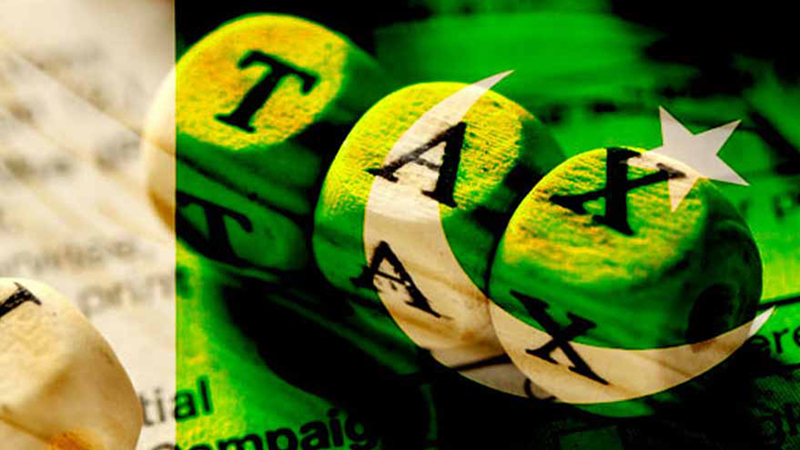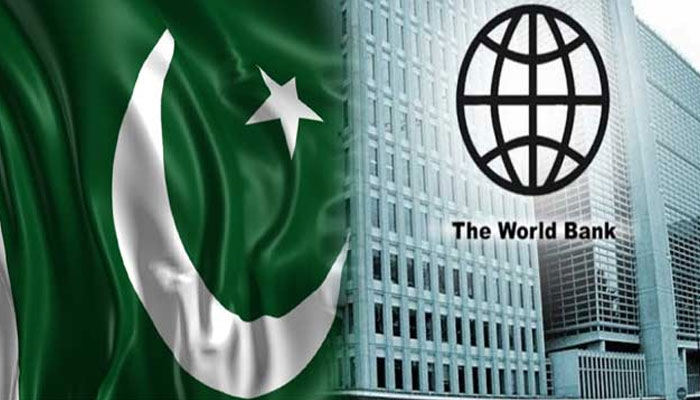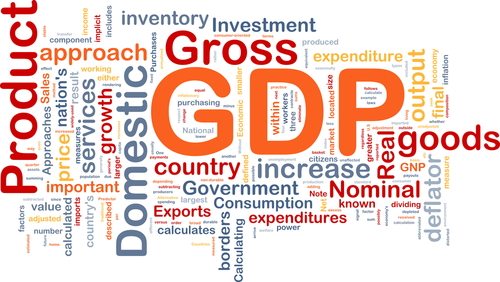Arshad Mahmood Awan
The government has finally signed the much-awaited circular debt restructuring financing deal, a development hailed as a significant achievement in stabilizing Pakistan’s fragile energy sector. The agreement, valued at Rs1,225 billion, is being presented as a breakthrough, though its long-term efficacy remains questionable.
Of the total amount, Rs660 billion relates to restructuring existing bank loans. Previously, banks holding sovereign guarantees were receiving returns at K plus rates. Now, under the new arrangement, banks will settle for K minus 90—around 150 basis points lower and without guarantees. For the financial sector, this is less lucrative, but in the greater national interest, they agreed. The Special Investment Facilitation Council (SIFC) deserves credit for negotiating this tough bargain with 18 banks.
The more complex portion—Rs565 billion—concerns Independent Power Producers (IPPs). Banks will extend fresh lending to clear dues, conditional on IPPs waiving Late Payment Surcharges (LPS), which stand at nearly Rs1 trillion. While many IPPs agreed, Chinese investors resisted waiving charges. The government smartly prioritized settling dues with compliant IPPs, while hoping Beijing softens its stance. The IMF has no objections, signaling tacit acceptance.
Roughly Rs250–300 billion of the Rs565 billion is tied to CPEC-related IPPs, plus another Rs150 billion in LPS. As a result, the effective drawdown may range between Rs900–950 billion. Until Chinese creditors cooperate, a substantial portion of circular debt will persist, limiting the plan’s final impact.
Critically, this deal addresses only the existing debt stock, not the rising flow. Circular debt grew by Rs47 billion in just one month, underscoring the structural rot. Meanwhile, consumers are burdened with a Rs3.23 per unit surcharge, introduced when interest rates were 22 percent. With rates now halved, the surcharge is enough to service the debt within six years—but risks loom. If rates climb again or grid consumption declines, the surcharge will rise.
Grid consumption is already under threat from rapid solarization and falling renewable costs. With more households and industries shifting to solar and battery storage, the government’s failure to revise net metering policy looks increasingly short-sighted. In parallel, the petroleum ministry is lobbying for lower levies on gas and furnace oil, which would incentivize captive power and further drain grid demand.
The danger is clear: if demand shrinks, debt servicing surcharges (DSS) will climb, pushing costs back onto consumers already squeezed by inflation and inefficiency. Unless structural reforms in pricing, transmission, and distribution are enacted, circular debt will inevitably resurface. History is instructive—Rs500 billion was cleared in 2013 through fiscal injection, and now another Rs900–1,200 billion has been restructured in 2025. Without flow correction, the cycle will repeat.
The signing of this deal is a short-term win, but not a cure. For consumers, there is no relief, only more uncertainty. Unless reforms in governance, energy pricing, and demand management are urgently pursued, Pakistan will once again find itself restructuring debt or injecting scarce taxpayer money. The question remains: when will the country finally fix the energy sector rather than just firefight its crises?















